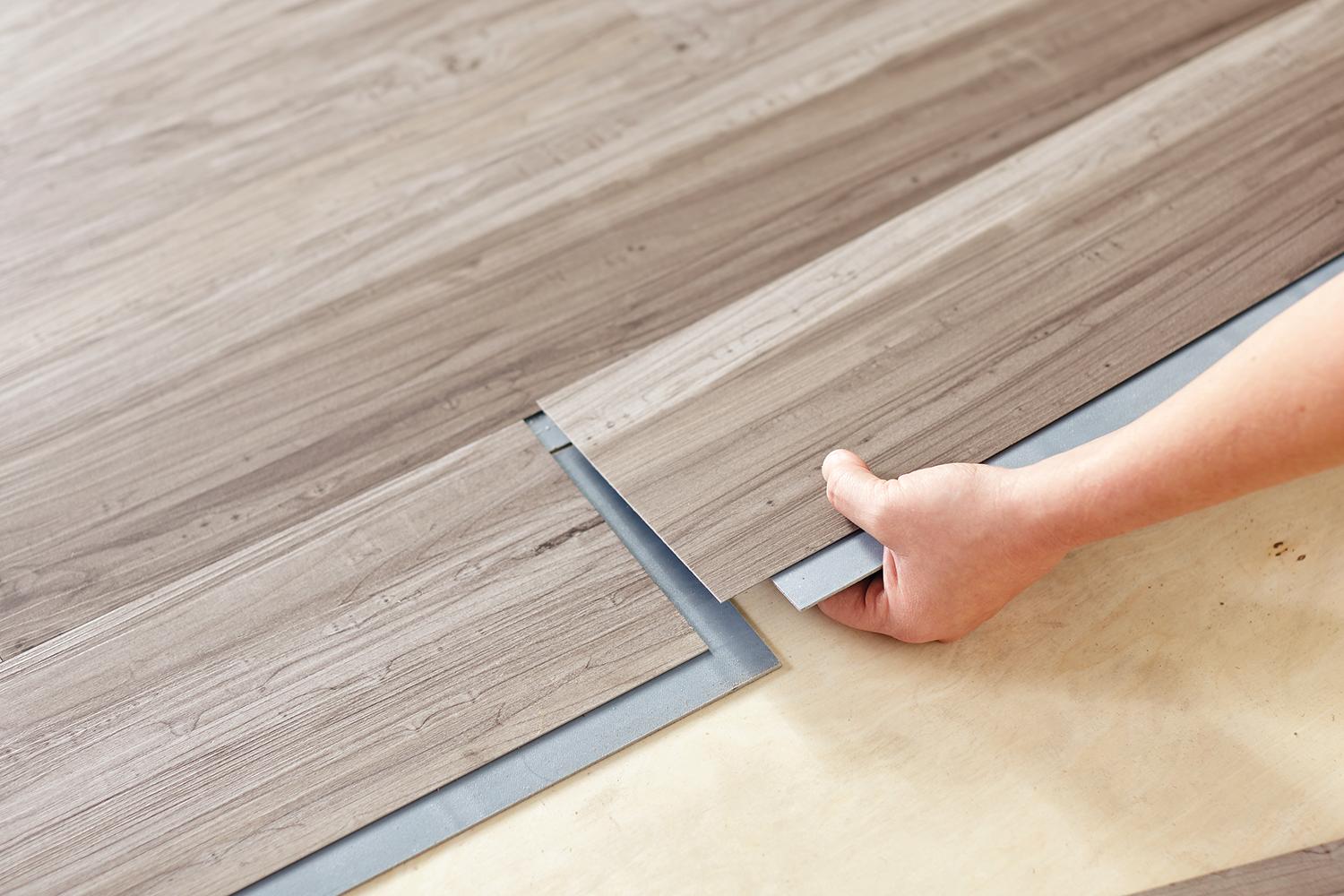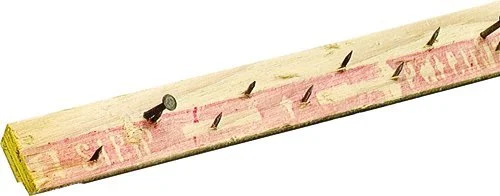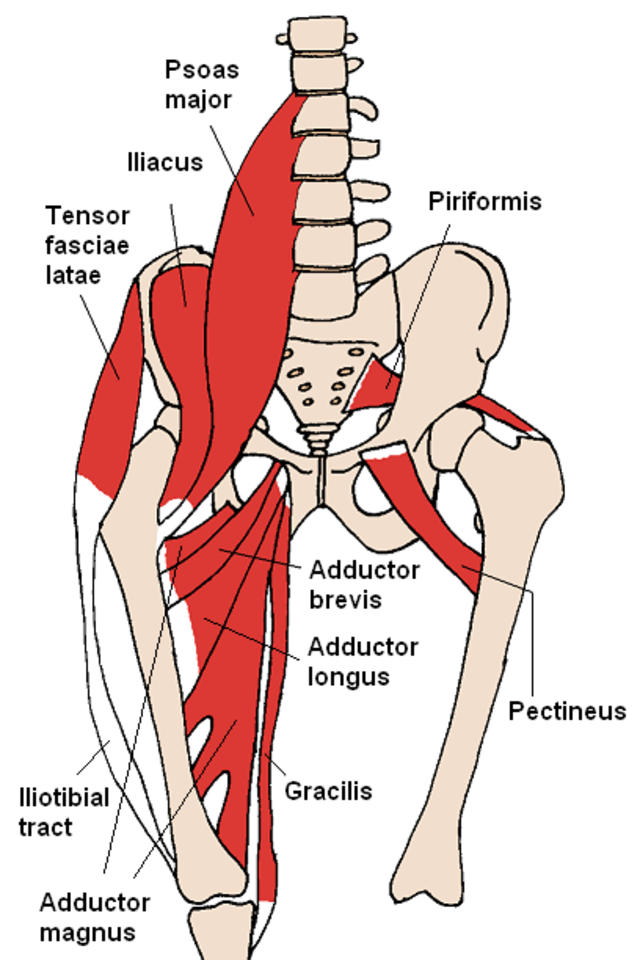Building a home dance studio: Finding mirrors
/As busy professionals or full-time students, it becomes a perpetual struggle to find the time to keep up with dance or rehearsing on your own, especially since the cheapest available dance studio may be far away. Having your own small mirrored space where you can rehearse and choreograph cuts down on your expenditures, saves commute time, and also encourages you to practice more by virtue of ease of access.
This article is a part of a series of how I build my personal dance studio in my own home for about 120 dollars, with absolutely no experience in home improvement.
Now, more than ever, with cases of COVID rising and more time spent indoors, considering building a home dance studio can help you stay physically fit for a return to in person dancing when the pandemic clears up.
Studio space definitely comes at a premium. College campuses often have multiple dance studios, but regular access is usually reserved for dance majors. For the rest of us without dance career aspirations, we end up running practices in the student union, or anywhere there is open space next to large glass windows. Getting these spaces is usually on a first-come first-served basis. Off campus rehearsal spaces are an option, but booking a mirrored dance studio can end up costing more than $30 an hour, and is often far away (I live in Chicago, and the most easily accessible studios are still about 30 minutes away from me!)
Finding dance studio quality mirrors
It's true, you can find ANYTHING on the internet, and mirrors are no exception. Factory new mirrors can get unbelievably expensive, with the pricing increasing exponentially for larger pieces. A 48" by 24" mirror might run about $60, but doubling the size of the mirror might cost you triple. It's tricky to hit that sweet spot between putting several smaller mirrors together or investing in a large mirror. Many small mirrors weigh a lot less, are less cumbersome to handle, and overall a simpler alternative, but you'll have to deal with the pesky break that separates the mirrors (Realistically, these breaks become less disruptive over time and your brain will get used to it!)
I ended up buying 3 separate mirrors over the span of 2 or 3 months of continuous Craigslist searching. I found two of my big mirrors by searching "vanity mirror." As it turns out, many people who are remodeling their bathrooms invariably will sell their old vanity mirror off the wall to try and offset the tremendous cost of the remodeling project. I wanted all of my mirrors to be the same height for cleanliness sake. 4 feet tall is a good height: It's a standard height, so you can probably find multiple mirrors of the same height with enough searching. I'm 5'8 and I can see myself completely anywhere in my 10 foot deep studio. the medium sized mirror cost me $40, and is 48" by 42", while I picked up the larger square 48" by 48" for $50. The smallest one on the far right can easily be bought from any Wal-Mart or Target, and is 48" by 12". These small door mirrors tend to run about 10-15 dollars, even when bought new. Right around when college students move out of their dorms / apartments (End of semesters / quarters, particularly at the end of the academic year in May-June), listings for these items will be all over the local college classifieds and Craigslist. And if you don't mind getting a little dirty, you can probably pick a couple out of the trash!
While glass mirrors are traditionally what dance studios use, there are a couple options that may be more to your liking. Acrylic mirrors are much lighter and less dangerous, and a nice reflective Mylar sheet when stretched taut will also function nicely as a portable mirror.
What makes a good mirror for your personal studio?
I have a few suggestions about what to look for while searching for a mirror.
1. Make sure the mirrors are not beveled around the edges. Bevels are fine in a vanity mirror when you're planning to just look at your face or hair - but putting several beveled mirrors next to each other will result in dramatic distortion where the mirrors meet each other. The bigger the bevels, the less "quality" space you'll actually get from your studio, as the bevels won't reflect anything directly in front of it.
2. For large mirrors, ask how thick the mirror is. Mirrors are essentially giant pieces of perfectly polished glass with a fancy thin silver or aluminum layer on one side. As such, they can get REALLY heavy. Both of my big mirrors are only 3/16th inches thick, yet weigh in the ballpark of 30-40 pounds. Worse yet, they are very large and cumbersome to carry around, and have disastrous consequences if you lose your grip. Properly manufactured mirrors need to be a certain thickness so that they don't bend and shatter under it's own weight. You'll want to work in a team to move these larger mirror around.
So you've got your mirrors! You could keep the mirrors leaned up against the wall, much like the first studio where I started training professionally here in Chicago. But, this may result in a few problems. One, keeping your mirrors constantly at an angle will put extra strain in the very center of the mirror, causing it to eventually bend into a concave shape. It won't give your body fun house-sized proportions, but it does make it more difficult if you ever decide to mount your mirrors on the wall, since the top and bottom of the mirror will not sit flush against the surface. Even worse, it encourages an awful habit I often see in newer dancers - constantly looking down at the ground.
To improve awareness of your focus while simultaneously giving your studio a more professional feel, you'll want to take the next step: Mounting the mirrors on the wall.
You may also be interested in:














